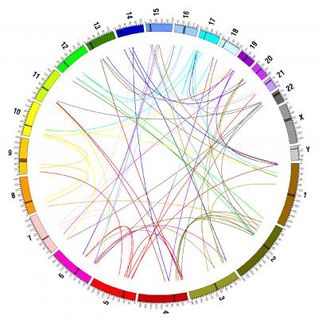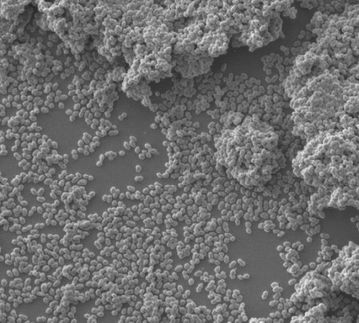Genome Sequence Published for Important Biofuels Yeast
Advertisement
A strain of yeast that thrives on turning sugar cane and other tough grasses into ethanol that might be used as biofuel has had its genome completely sequenced by researchers at Duke University Medical Center.
"Understanding this microbe may enable more efficient biofuel production, and also will produce even more robust industrial organisms that are versatile and capable of producing advanced biofuels from non-food crops like switchgrass,” said Lucas Argueso, Ph.D., lead author and research scholar in the Duke Department of Molecular Genetics and Microbiology.
Argueso worked with researchers from Brazil and the University of North Carolina on the study, which was published in Genome Research.
When oil prices crept to new highs in the 1970s, Brazil invested in alternative biofuels created from the country's abundant sugar cane crops. Commercially available baker’s yeast was used to break down the sugar cane into ethanol, but genetic tests showed that this yeast quickly disappeared in the harsh environment of industrial fermentation vats. However, a yeast that grows naturally on the sugar cane was still viable in the vats and lasted through many more generations. This is the yeast strain that Argueso and colleagues studied and mapped, known as PE-2.
“We took an organism that is hugely important from an industrial standpoint but completely unknown in terms of its genetic and molecular properties,” Argueso said. “We learned much more about how a complex genome is organized and may contribute to a robust and well-adapted organism.”
“Now we have sequenced the genome, so we have a road map that will allow us to build upon its natural abilities,” he said. "This opens the door to crossing yeast strains to make even more efficient yeasts for enhanced biofuel production."
Knowing more about what makes yeast hearty will help as biofuel production evolves. In addition to the sugar cane fuels of Brazil, scientists and farmers are also looking into new carbohydrate sources that could easily be farmed in the United States and other areas, since sugar cane farming is limited to warm climates. Switchgrass and giant grass, also known as elephant grass, are possibilities, along with miscanthus grass.
Argueso said the PE-2 genome will aid research into finding the best and strongest yeasts for converting the cellulose in grasses into biofuel, Argueso said.
“I believe this strain has a natural talent for carbohydrate biofuels that have not yet been introduced in the United States,” he said. “When the technology is engineered to effectively break down cellulose, I believe this strain of yeast will be an ideal delivery vehicle for that technology."
The study also yielded some interesting genetic information about Saccharomyces cerevisiae, the most studied and utilized yeast species.
"The paper suggests that industrial yeast strains may have a high rate of evolution, helping them adapt to the stressful conditions of batch fermentation," said Tom Petes, Ph.D., senior author and professor of molecular genetics and microbiology at Duke University.
PE-2 yeast are what is known as diploid, having two copies each of 16 different chromosomes. In the case of these yeast, the genetic structure lends itself to robust life, Petes says, because the two copies of each chromosome are slightly different. The greatest differences between paired chromosomes occur at the ends of these worm-like structures, making reconfiguration easier and speeding adaptation to evolve.

























































